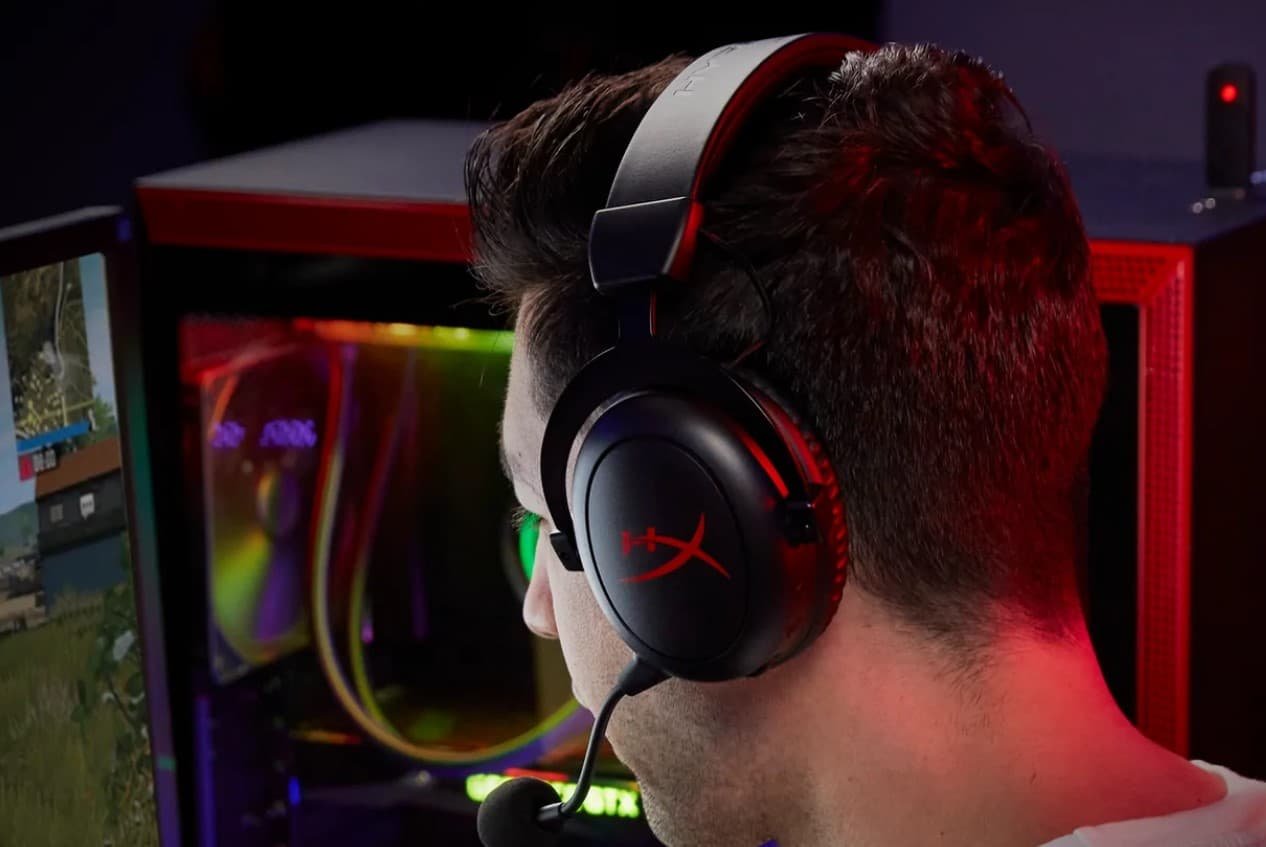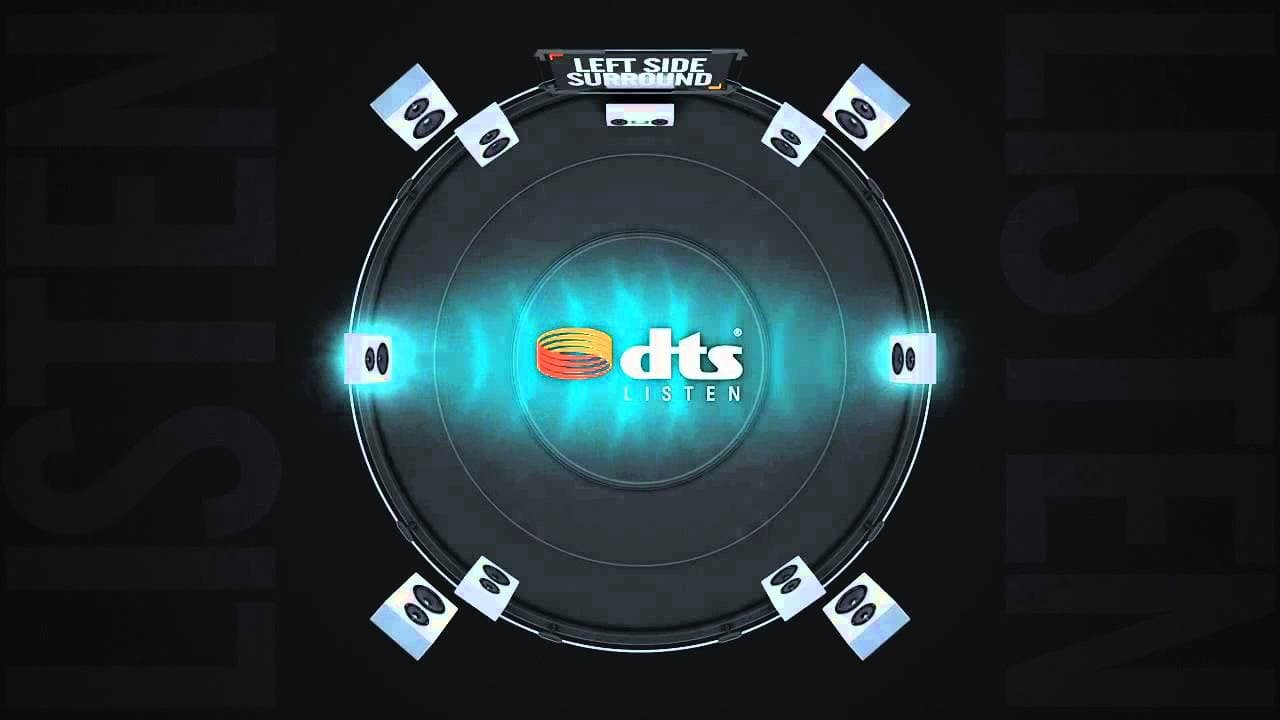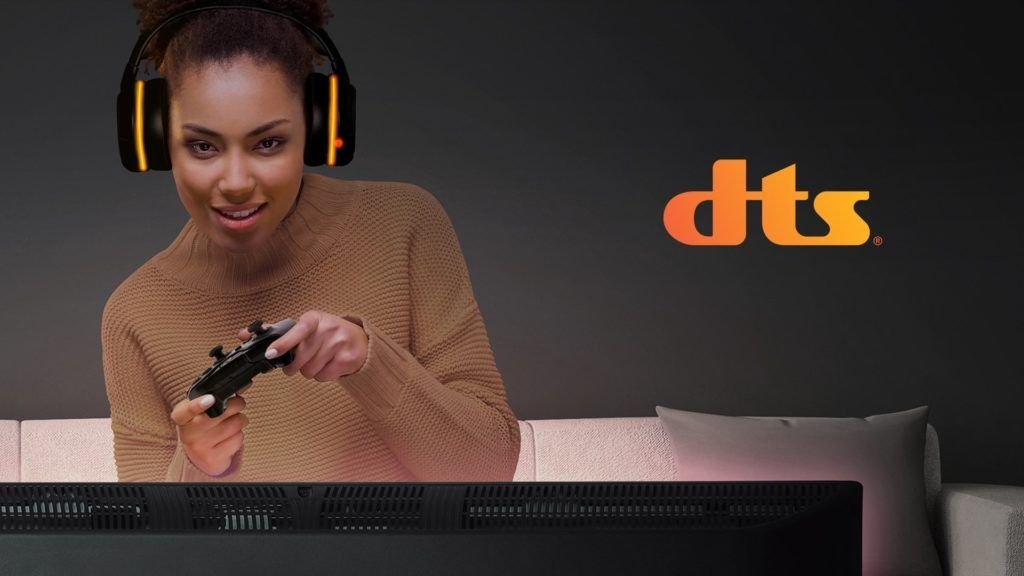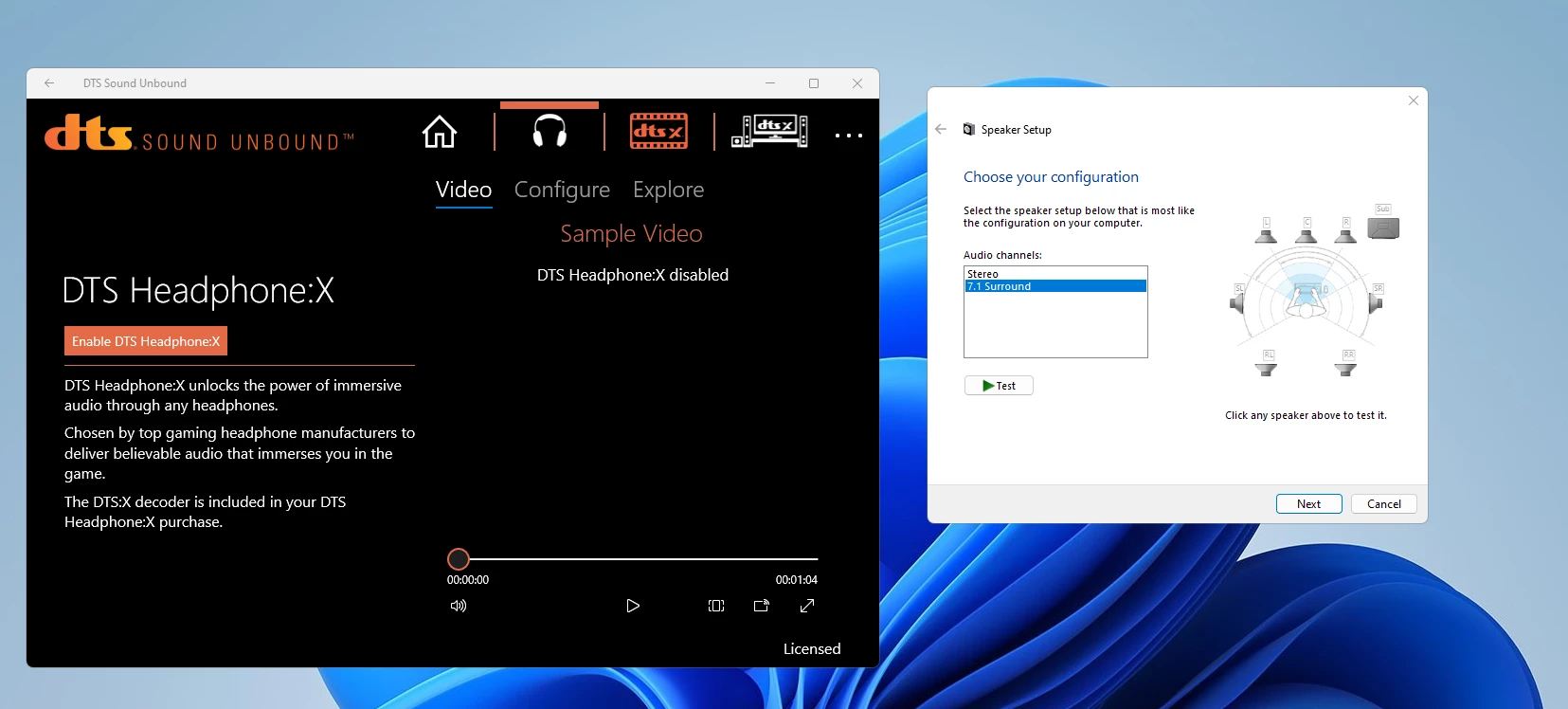Shopping around for gaming headsets can be confusing, and there’s lots to consider. While there’s plenty of reading on those questions, we’re here to give you a quick and easy breakdown of DTS Headphone:X 2.0, DTS virtual surround, and DTS headphone for gamers. It’s a software method that recreates a three-dimensional field using ordinary headphones. It applies head-related transfer functions so that footsteps, voices, and effects appear around you, not just left and right. In terms of performance, it’s not bad — there are plenty of affordable models — but better results can be found if you’re willing to spend.
It’s refreshing to hear a gaming sound profile that acknowledges what its audience actually needs. Rather than a bass-heavy presentation, the tuning stays mostly neutral, with an emphasis on mids and lower highs that make effects sound bright and clear. Sound separation is good at a medium volume level, allowing you to pick out positional cues with ease. It’s not as effective as it could be when the stage is narrow, but compared to other virtual surround formats at this price, performance is above average.
How DTS Headphone:X Works for Gamers
Most headsets use dynamic drivers, also known as moving coil drivers. A fixed magnet creates a static magnetic field. This interacts with the voice coil’s electrical current, which is forced to move back and forth with the applied signal. The voice coil is attached to a diaphragm which acoustically amplifies vibrations and, thus, sound waves are produced. DTS Headphone:X 2.0 maps those sound signals into a virtual space and delivers positional cues to stereo outputs. The result is a clean, bright presentation that keeps voices and environmental detail clear.

You can still use Windows Sonic, Dolby Atmos, or DTS sound processors. It’s not as effective as it could be on every title, though. The soundstage can feel quite narrow on some headsets. Sound separation is good at a medium volume level, allowing you to accurately pick out directional cues, but gauging distance isn’t as easy as it could be, as everything sounds quite close.
Gaming headsets like Logitech G PRO X 2 Lightspeed and SteelSeries Arctis Nova Pro Wireless are often used as examples. The frame is clean, lightweight, and can withstand twisting with next to no issues, while the companion software allows EQ adjustments and preset switching. Dual audio modes and long battery life make them practical, and they remain well suited to DTS Headphone:X gaming.
DTS Headphone:X 2.0 vs 7.1 Surround Sound
When comparing DTS Headphone:X 2.0 to 7.1 surround sound, the main difference lies in how sound is created. Traditional 7.1 uses multiple simulated speakers to expand width, while DTS Headphone:X applies HRTF algorithms to shape sound around your head. The result is smoother motion between channels and a more natural front-to-rear transition.

Virtual surround systems vary in quality, but DTS Headphone:X keeps the image stable even in crowded mixes. It’s clean, directional, and easy to adjust through the DTS Sound Unbound app. The difference may not always be dramatic, but in competitive gaming, small changes in spatial accuracy can make a large impact on awareness.
| Feature | DTS Headphone:X 2.0 | 7.1 Surround Sound |
| Sound Accuracy | High | Moderate |
| Gaming Latency | Low | Medium |
| Immersion | 3D Positional | Multi-Channel |
| Supported Devices | Windows, Xbox | PC, Consoles |
Why It’s Good for Competitive Gaming
Much like gamer-focused tunings on popular headsets, DTS Headphone:X 2.0 has a very specific purpose. Rather than boosting bass or compressing effects, it aims to improve spatial awareness and accuracy. The profile stays mostly neutral, with a bright and clear tone that makes footsteps and gunfire easier to track. In competitive titles like Valorant, Apex Legends, or CS2, this can mean reacting faster to what’s happening around you.

The soundstage feels consistent, and the delay between action and audio is almost unnoticeable. Positional cues are clear, and front-to-rear transitions remain smooth. The second version improves direction mapping, bass response, and overall latency. Compared to most 7.1 surround systems, it maintains better precision during intense gameplay.
It’s not as effective as it could be in every environment, though. At full volume, some headsets show mild distortion, which makes the sound less defined. Keeping the level moderate provides the best results. The clarity stays intact, and the background detail remains sharp even in complex mixes.
For players who rely on timing and location — shooters, racers, or battle royales — DTS Headphone:X provides a clear advantage. It creates an accurate three-dimensional field that helps identify where sounds originate, whether behind walls, above, or in open space.
Best Gaming Headsets That Support DTS Headphone:X 2.0 (2025 Picks)
The following models are compatible and well suited to this format:
– Logitech G PRO X 2 Lightspeed
– SteelSeries Arctis Nova Pro Wireless
– HyperX Cloud II Wireless
– Corsair HS80 RGB Wireless
– ASUS ROG Delta S Core
The earcups are stuffed with plenty of soft foam and coated with supple leatherette on some units; others use a sport-like fabric that is extremely breathable and reduces sweat. Dual connectivity, long battery life, and clear microphones remain the focus. You can still use Windows Sonic, Dolby Atmos, or DTS processors alongside device software.
Logitech G PRO X 2 Lightspeed – The G PRO X 2 combines graphene drivers with DTS Headphone:X 2.0 for crisp directionality. THX Spatial Audio support allows switching between wide cinematic and focused FPS modes. The frame is lightweight but firm, and the tuning keeps midrange detail precise even in heavy action scenes.
SteelSeries Arctis Nova Pro Wireless – The Arctis Nova Pro Wireless integrates 360° DTS spatial sound with active noise cancellation. Dual wireless systems allow game and chat audio at the same time, and battery swapping ensures uninterrupted play. It’s balanced, clean, and delivers accurate distance cues.
HyperX Cloud II Wireless – A simple 7.1/DTS hybrid model that emphasizes comfort and long runtime. 53mm drivers produce a full sound with low-latency wireless connection. The positional accuracy feels sharp, and the microphone remains clear during communication.
Corsair HS80 RGB Wireless – Designed for PC and PS5, this headset combines Dolby and DTS support. It has a breathable fabric finish, solid build quality, and stable connection. DTS activation provides a deep, open stage with detailed placement of sound effects.
ASUS ROG Delta S Core – A lightweight headset with USB-C connectivity and support for DTS Headphone:X profiles. The sound is bright and clear, with defined mids that help separate voices from background effects. For its price, it delivers solid positional imaging and clear gaming audio.
How to Enable DTS Headphone:X on Windows or Xbox

How to enable DTS Headphone:X on Windows 11
What’s in the box?
– DTS Sound Unbound (app download)
– Free trial or license activation
– Spatial sound setup in Windows
All controls are located in the Sound settings, and they’re easy to find. Select Spatial Sound: DTS Headphone:X, apply, and you’re done. It activates automatically for any supported game or media.
How to enable DTS Headphone:X on Xbox
Setup is plug and play. Connect your headset dongle to the console, power up, and open DTS Sound Unbound. Navigate to Settings → Volume & Audio Output, then under Headset Format, choose DTS Headphone:X. Wireless range is stable, maintaining a clean signal across the room.
How Much Does DTS Headphone:X Cost
There is a free trial through the Microsoft Store, followed by a one-time license in the DTS Sound Unbound app (around $19.99). Some headsets include a lifetime code in the box. Charging is relatively fast for wireless models, and the app remains lightweight. For more information or updates, you can visit the official DTS Headphone:X page on the DTS website.
Is DTS Headphone:X Worth It in 2025
It’s impressive how much this software improves everyday gaming. The sound is clean, positional detail is consistent, and latency remains low. It doesn’t rely on extra hardware, and support across Windows and Xbox is solid. DTS Headphone:X 2.0 stands as one of the most effective surround options for gamers in 2025.
For anyone using Logitech, SteelSeries, or HyperX, it’s already included — just enable it and you’ll notice the difference.